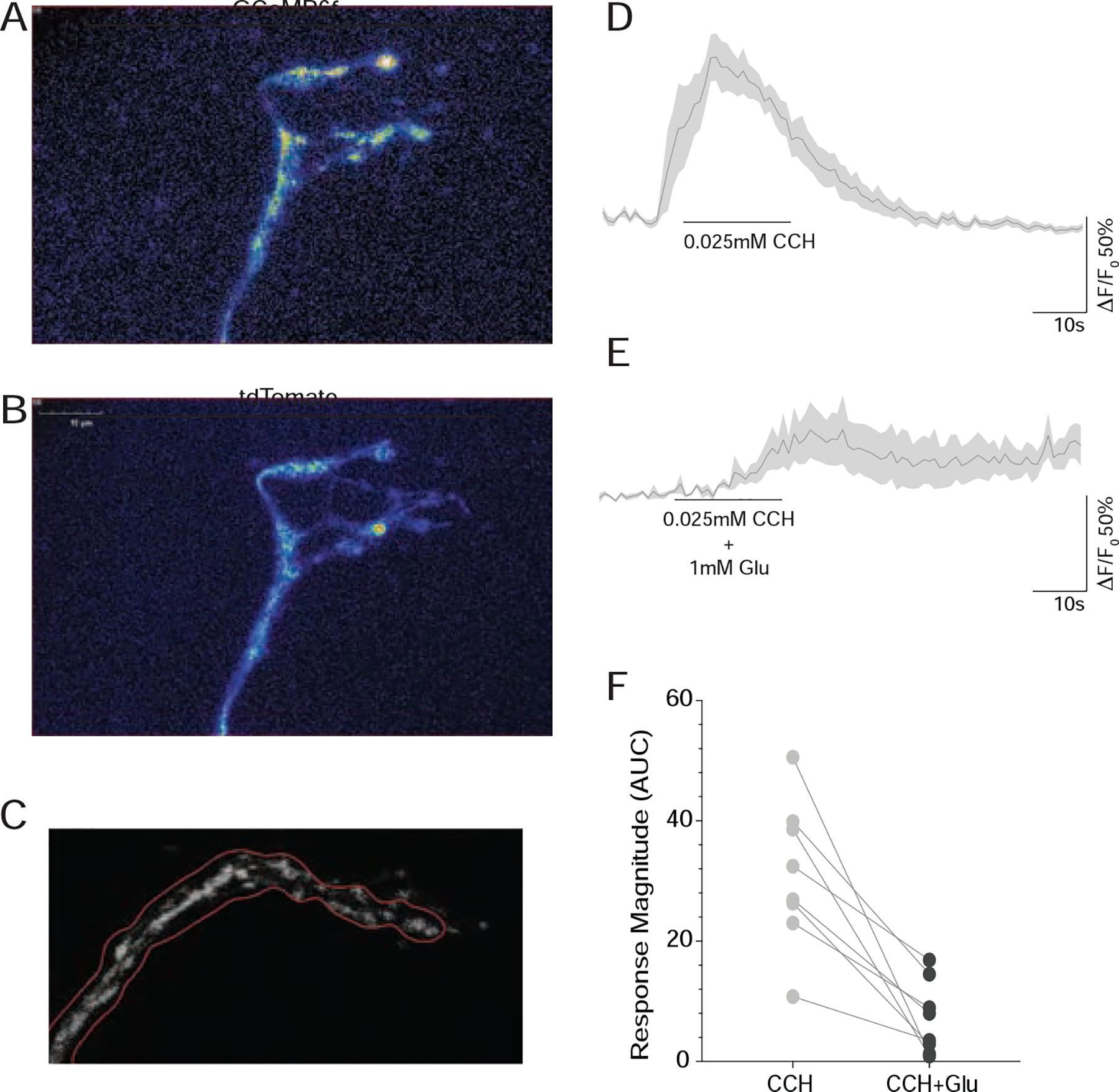Figure 6. The terminal ramifications of the s-LNv dorsal projections are directly inhibited by bath applied glutamate.

(A) Rapid Z-series reconstruction of GCaMP6f expression in a living Pdf(M)-Gal4/UAS-tdTomato/+;UAS-GCAMP6f/+ brain from the first timepoint of a representative volumetric timeseries of the s-LNv dorsal termini. (B) the same brain volume scanned simultaneously for td-Tomato expression. (C) GCAMP6f fluorescence intensity was tracked in projected Z series over time with regions of interest that were automatically determined based on the pattern of tdTomato fluorescence. (D) Averaged GCAMP6f fluorescence traces from dorsal termini treated with 0.025mM Carbachol in the presence of of 2μM TTX. (E) Averaged GCAMP6f fluorescence traces from the same dorsal termini as in D, treated with 0.025mM Carbachol in the presence of 1mM glutamate in the presence of 2μM TTX. (F) Pairwise comparisons of the effects of CCh alone and CCh plus glutamate on eight s-LNv dorsal termini. For every brain tested (n=8) glutamate reduced or abrogated the excitatory CCh response. Note that for all pairwise comparisons, CCh plus glutamate was tested first, followed immediately by CCh alone. See also Table S1 for statistical information and sample sizes and Figure S7.
